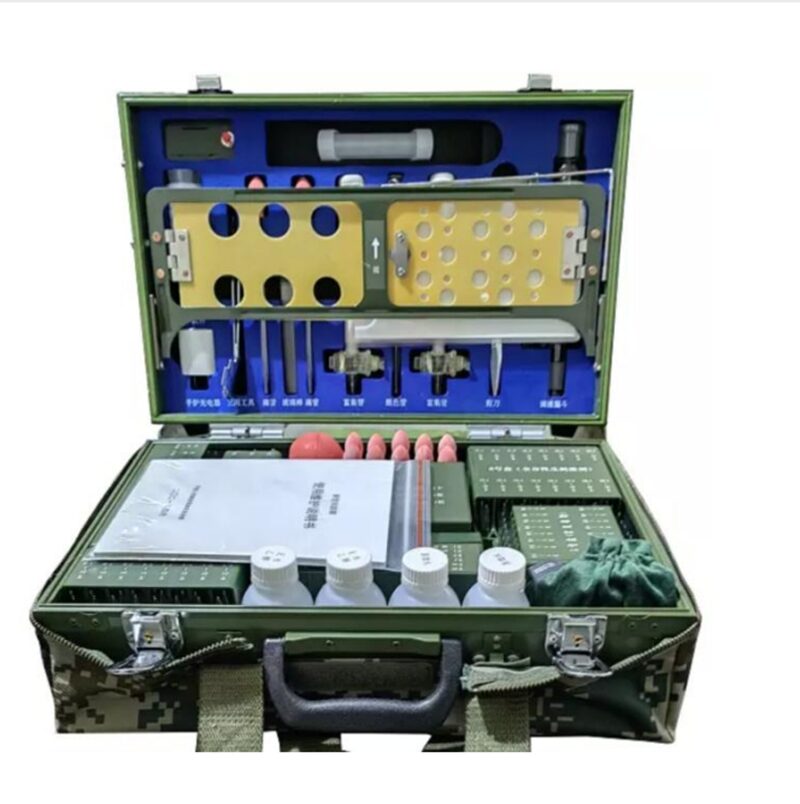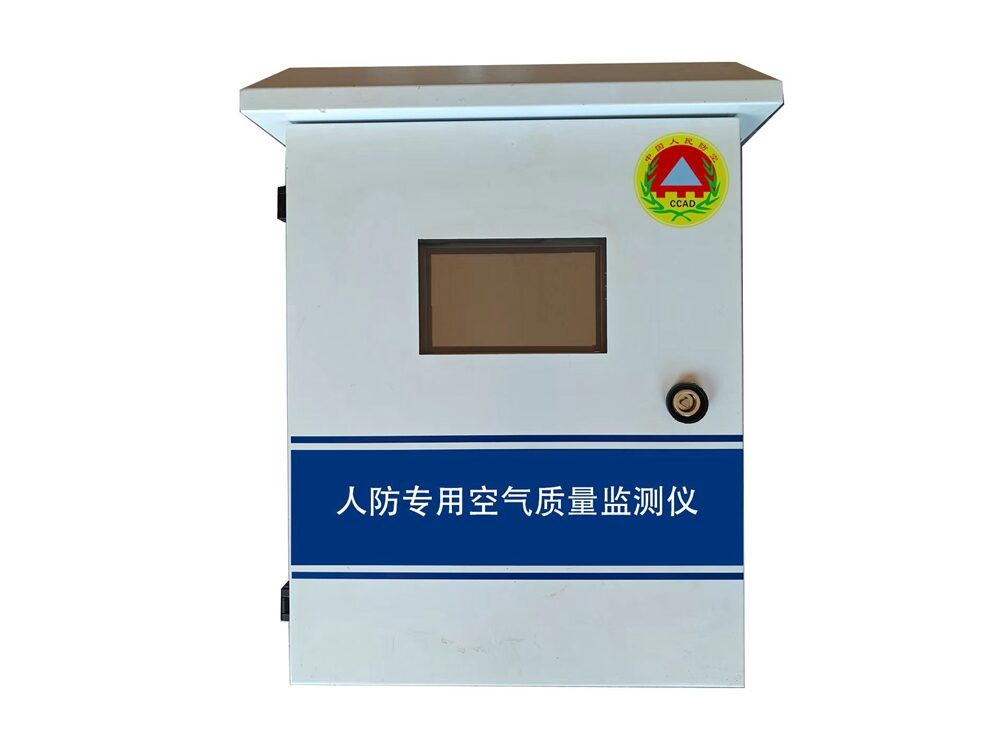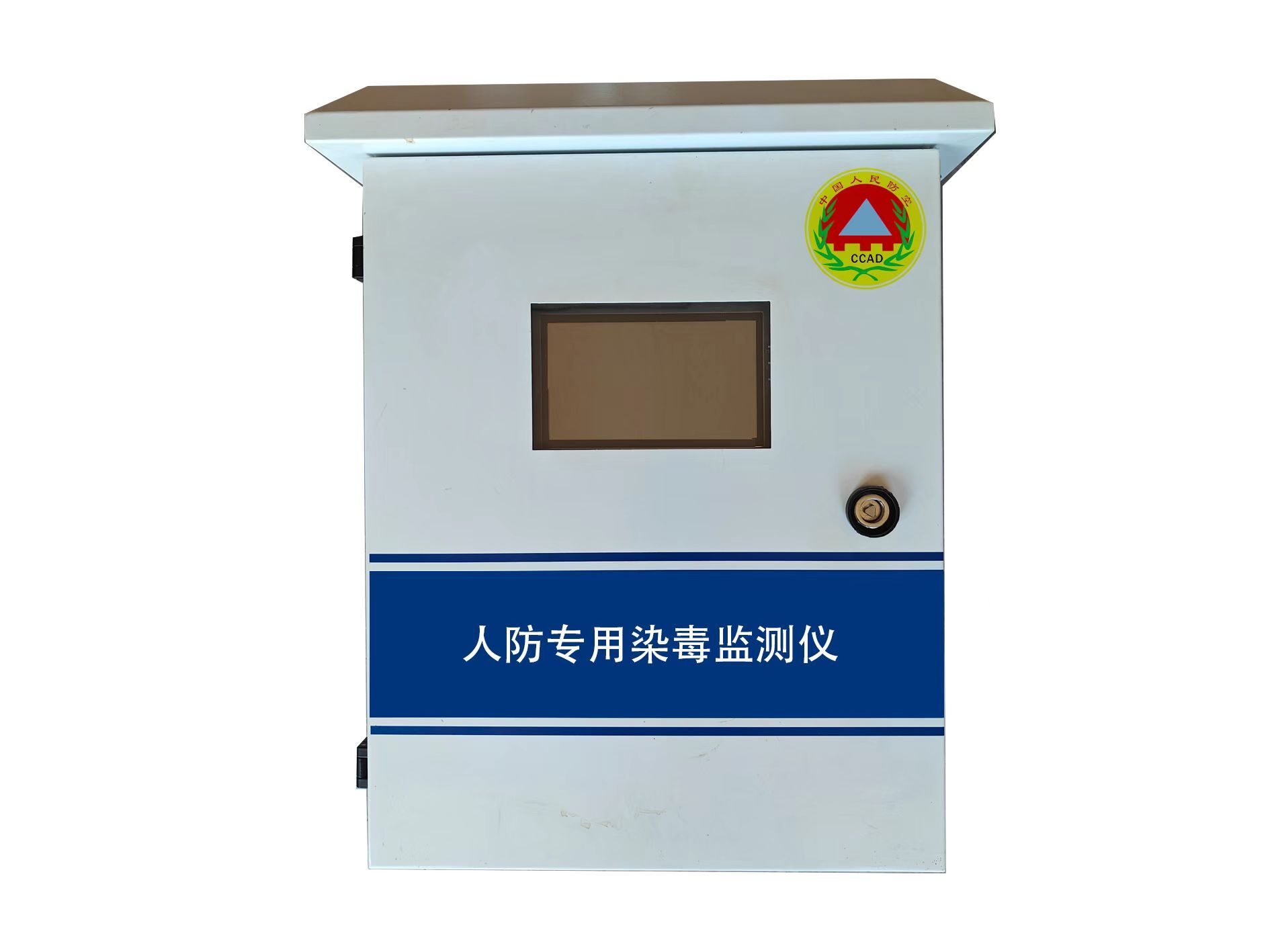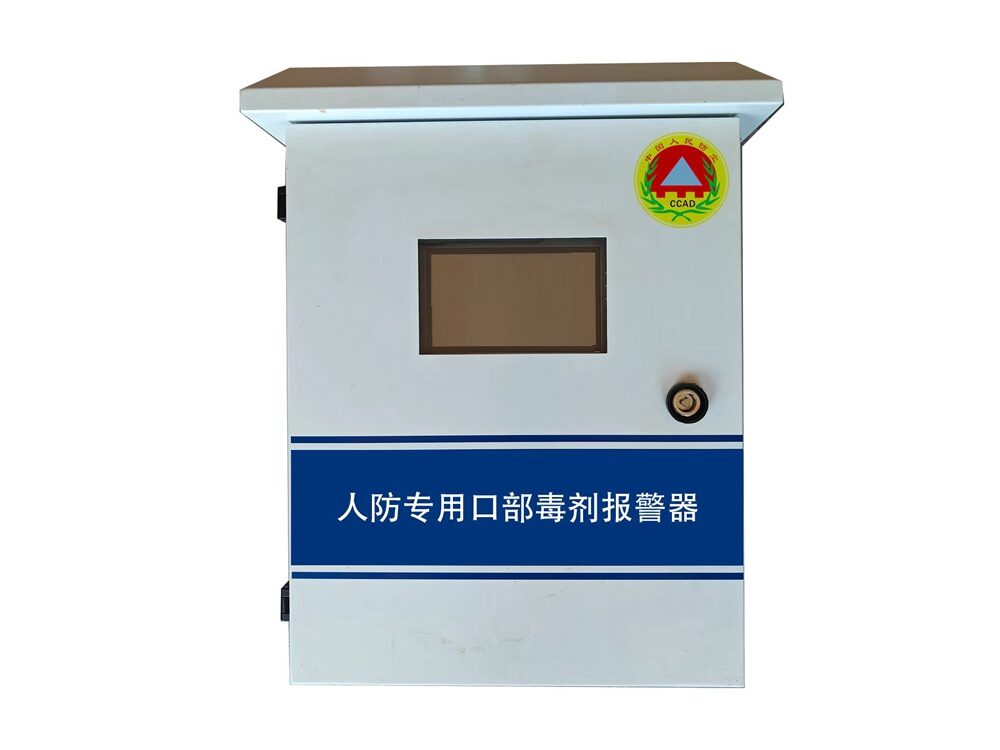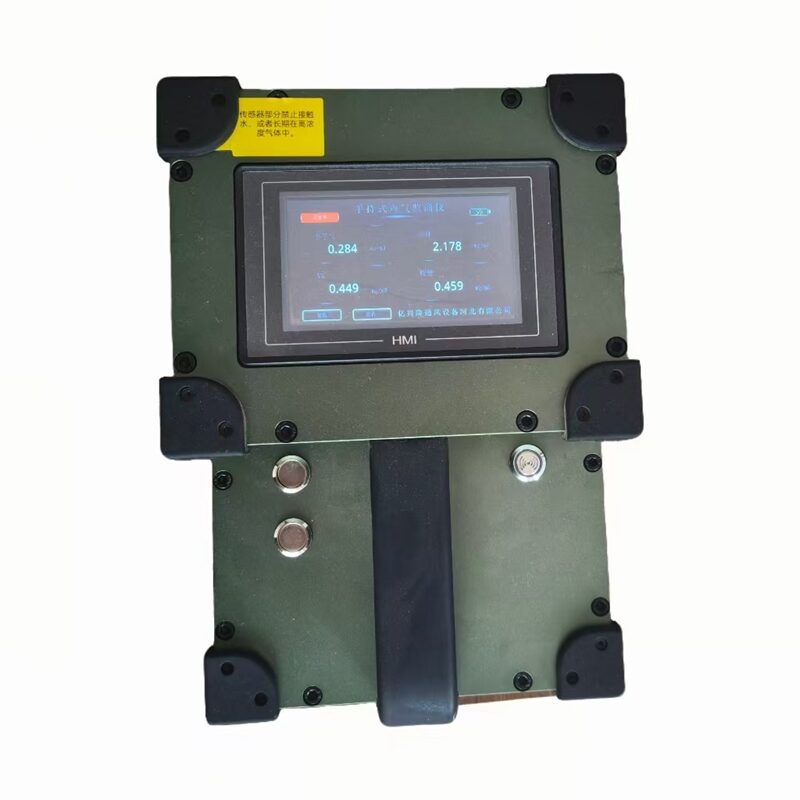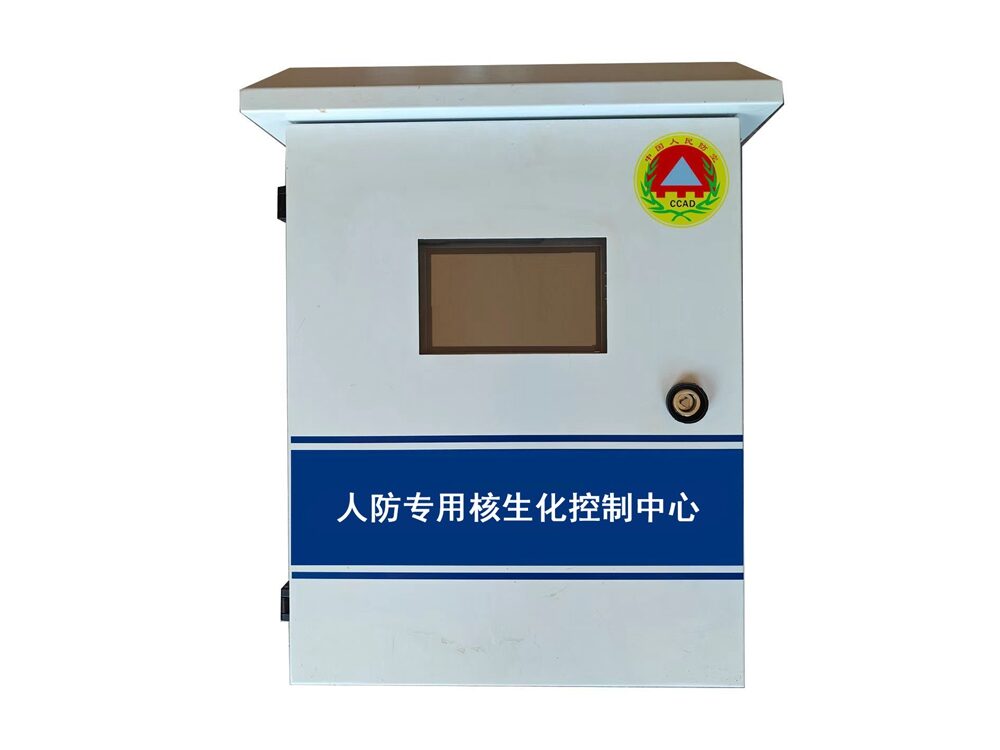One of the important equipment used for toxin detection and non wartime emergency rescue testing under enemy chemical attack conditions, it is the main testing equipment in the laboratory analysis system. Widely used in customs ports, disease control and health, and military emergency testing.
Features:
(1) Timely and accurately analyze and detect samples of known toxic agents used by the enemy.
(2) Quickly inspect toxic substances and major toxins in food and water sources to ensure the safety of drinking water and food for military personnel.
(3) Verify the results of chemical reconnaissance during wartime and preliminarily identify the samples sent for sampling. Can undertake some chemical rescue and laboratory support tasks on a regular basis.
(4) Provide laboratory support for disinfection, thorough disinfection inspection, and treatment.
Technical Specifications:
1. Composition and Construction: The assay box consists of a box body, sample collection, preparation, detection unit, support unit, and accessories;
2. Main technical indicators
2.1 Laboratory Capability: Able to detect fourteen types of toxic agents (sarin, soman, tabun, Vieux, mustard gas, Louis, hydrocyanic acid, cyanide chloride, phosgene, diphosgene, phenylchloroacetophenone, Adam's gas), irritants and phosphorus containing pesticides, heavy metal salts such as mercury salts, lead salts, barium salts, arsenic salts, chromium salts, cyanide, fluoride, nitrite, heroin, cannabis and other toxic substances, as well as detect effective chlorine in disinfectants and check the completeness of disinfection;
2.2. Number of reagent varieties: 10 categories;
2.3. Test frequency: can detect toxic agents 20 times, irritants 10 times, and toxic substances 5 times;
2.4. Dimensions: 376mm × 250mm × 106mm;
2.5. Weight: Approximately 8Kg
2.6. Temperature: -20~40 ℃;
2.7 Humidity: RH 85% (30 ℃);
2.8. Standard configuration: 1 set of toxic agent assay box.

